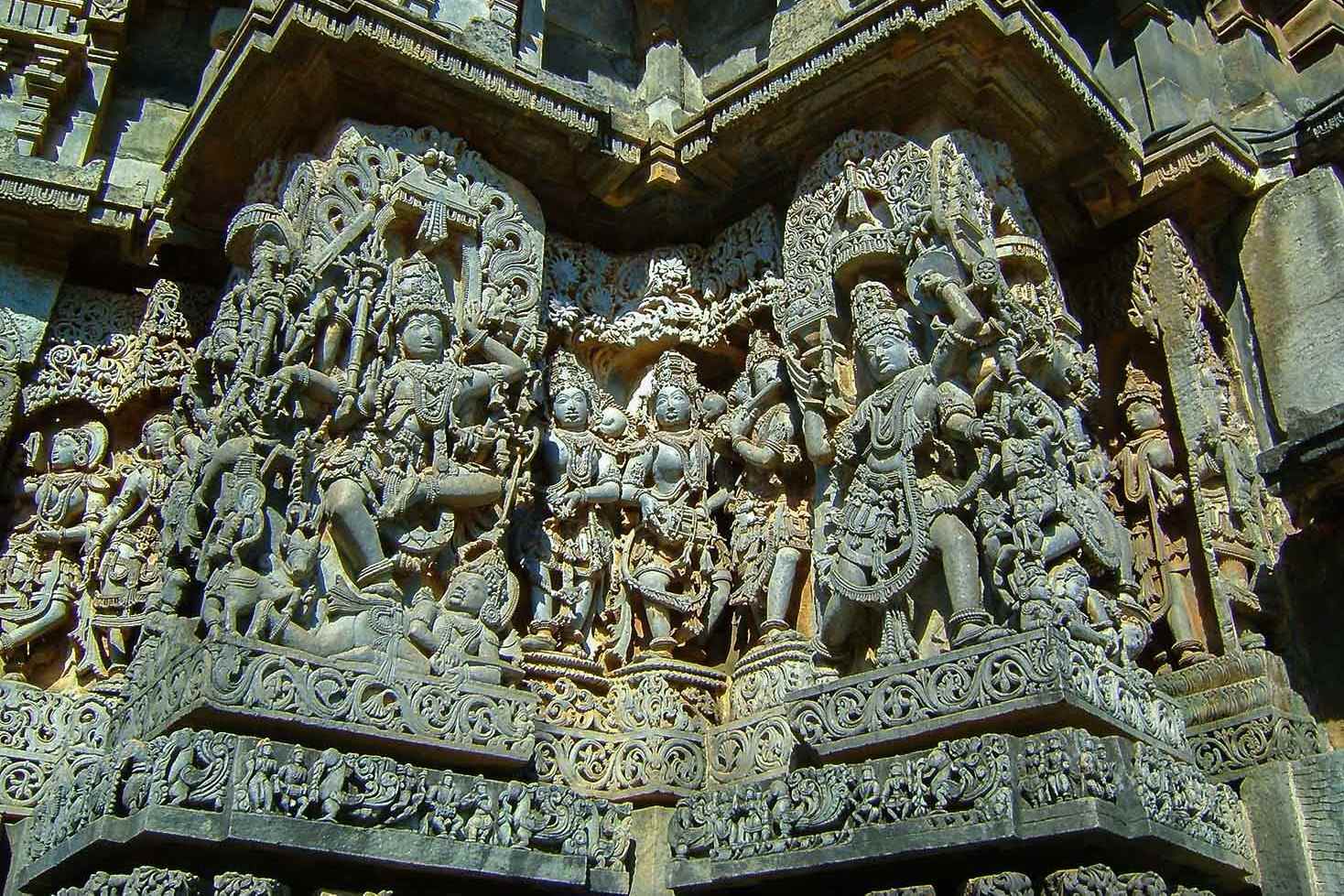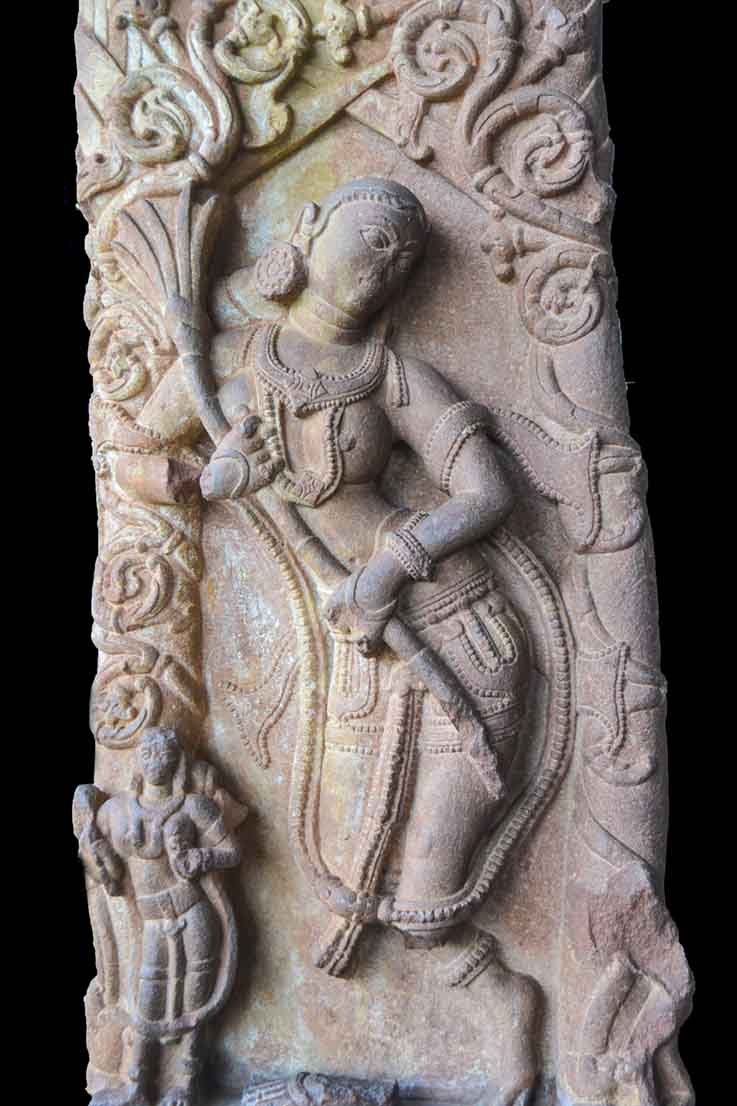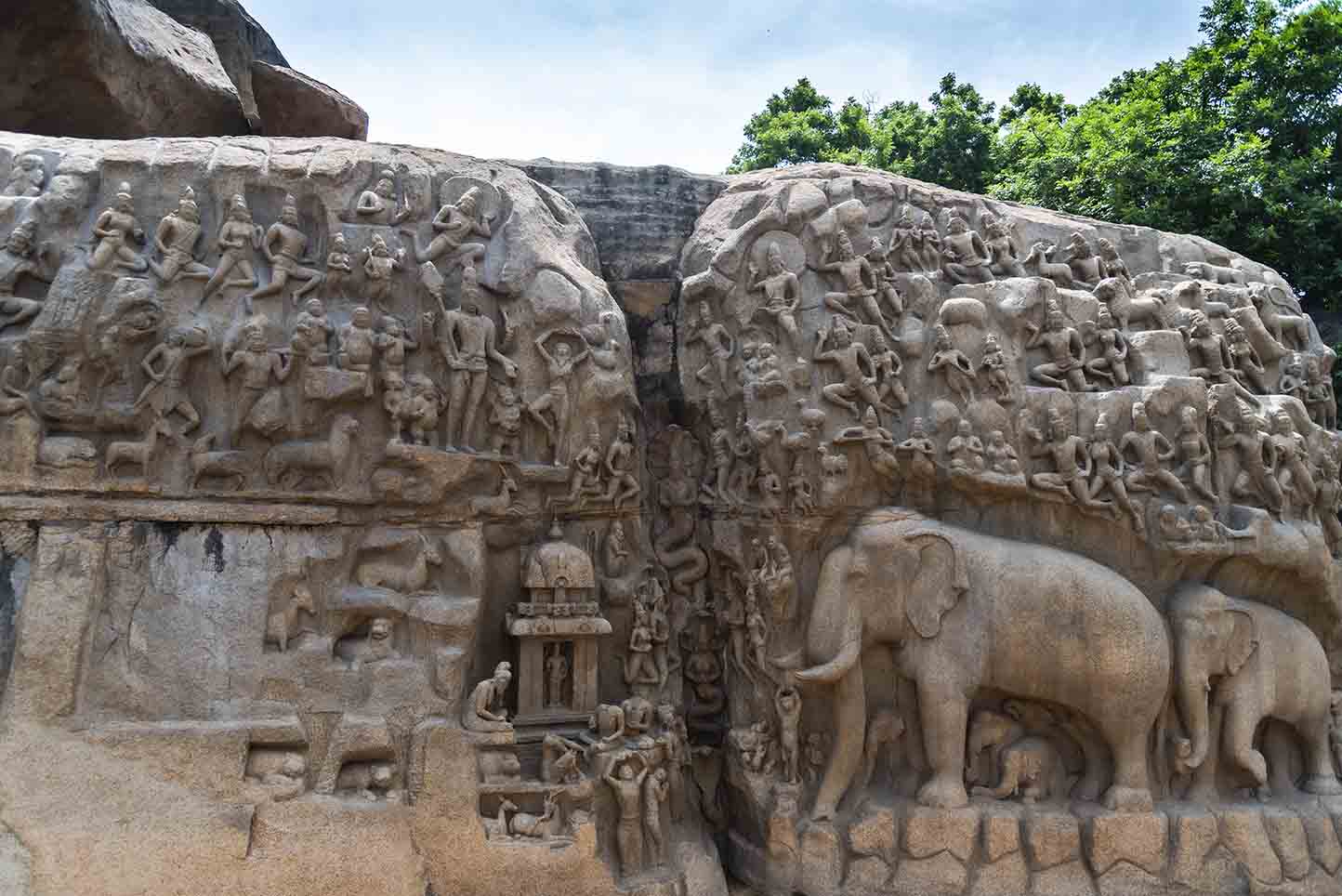INDIAN ANCIENT STONE SCULPTURES : A FREE FLOWING MASTERPIECE OF ART AND CULTURE
 Lord Shiva Dancing Sculpture of the ruined city Halebidu
Lord Shiva Dancing Sculpture of the ruined city HalebiduHistory of Indian Stone Sculptures:
• Stone sculptures in India can be traced back to the Indus Valley Civilization, which existed from 3300 BCE to 1300 BCE.
• The Mauryan period, which lasted from 322 BCE to 185 BCE, saw the creation of some of the most iconic stone sculptures in India, including the Lion Capital of Ashoka.
• The Gupta Empire, which lasted from 320 CE to 550 CE, is considered the golden age of Indian art. It was during this period that many of the finest stone sculptures were created.
Types of Stone Sculptures:
 Ancient Indian sculptures of Ramappa Temple
Ancient Indian sculptures of Ramappa Temple• The most common types of stones used for sculptures in India are granite, sandstone, and marble.
• Hindu mythology is a popular subject for stone sculptures in India. Images of gods and goddesses such as Shiva, Vishnu, and Durga can be found in many ancient stone sculptures.
• Buddhist art is another important aspect of ancient Indian stone sculptures. The Ajanta and Ellora caves are famous for their Buddhist stone sculptures.
• Jain art is another form of stone sculpture in India. The Jain temples in Mount Abu and Ranakpur are famous for their intricate stone carvings.
Stone sculptures in India are not just objects of beauty; they are also of great cultural significance. They represent the country's rich history and cultural heritage. Stone sculptures also serve as a medium to convey religious and philosophical ideas. Many stone sculptures depict scenes from Hindu mythology, which are used to teach moral values to the masses. Stone sculptures were also used as a form of propaganda by ancient Indian rulers. The Lion Capital of Ashoka, for example, was used to spread the message of peace and non-violence.
As the country continues to develop, it is important to preserve and protect these priceless treasures for future generations to appreciate and admire.
 Indian ancient stone sculptures of Mahabalipuram "Descent of the Ganges" or "Arjuna's Penance"
Indian ancient stone sculptures of Mahabalipuram "Descent of the Ganges" or "Arjuna's Penance" 


